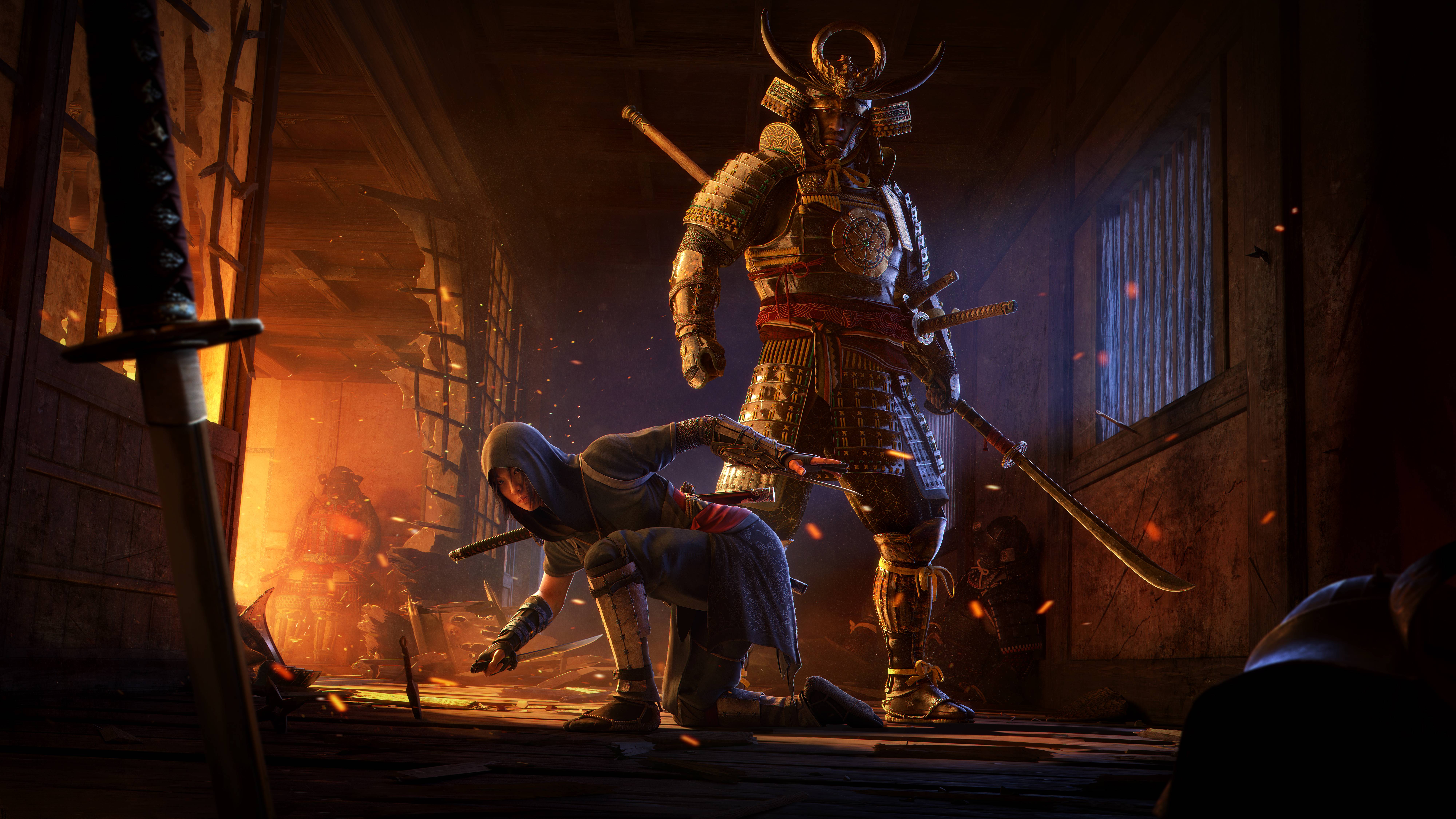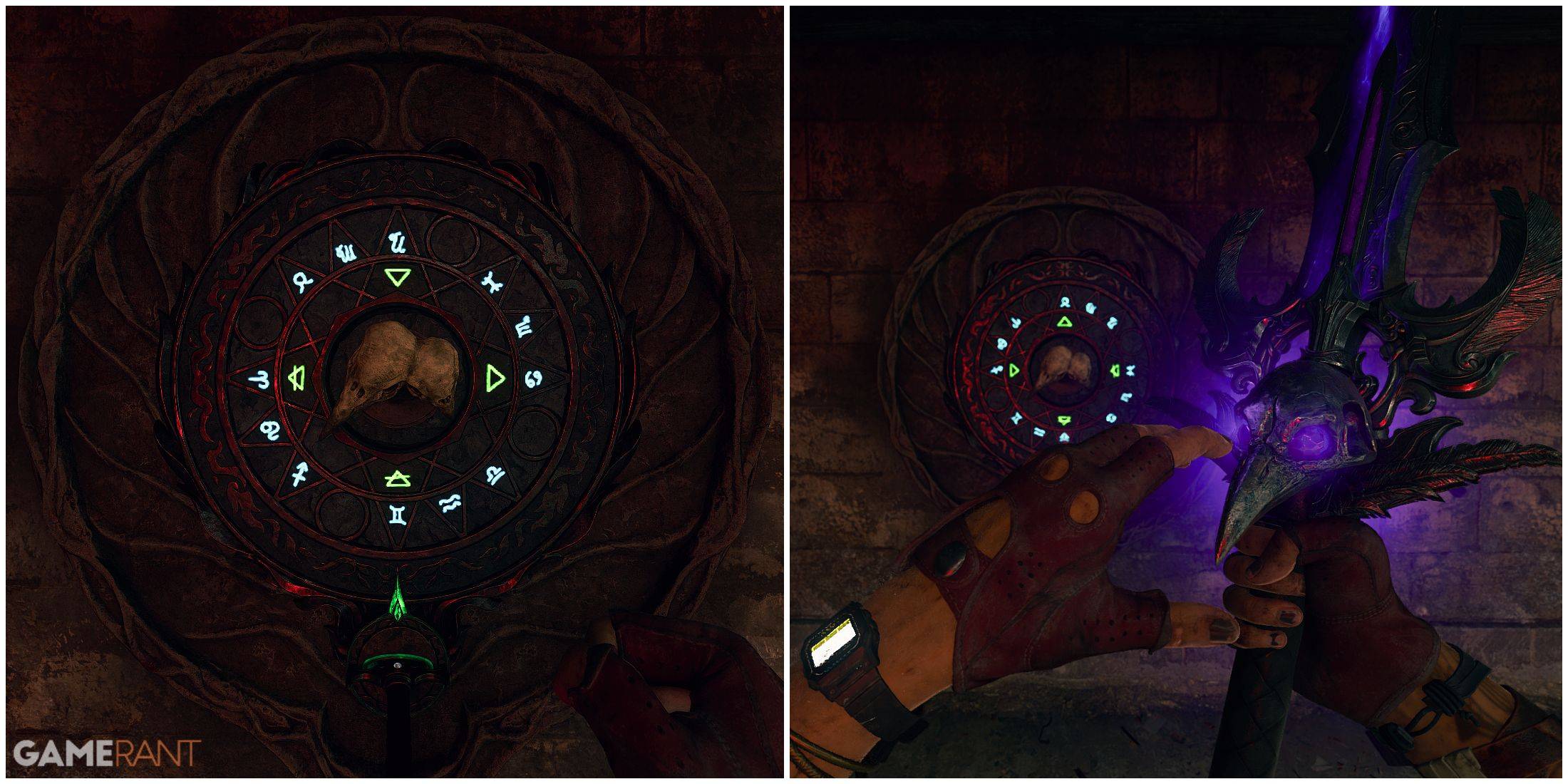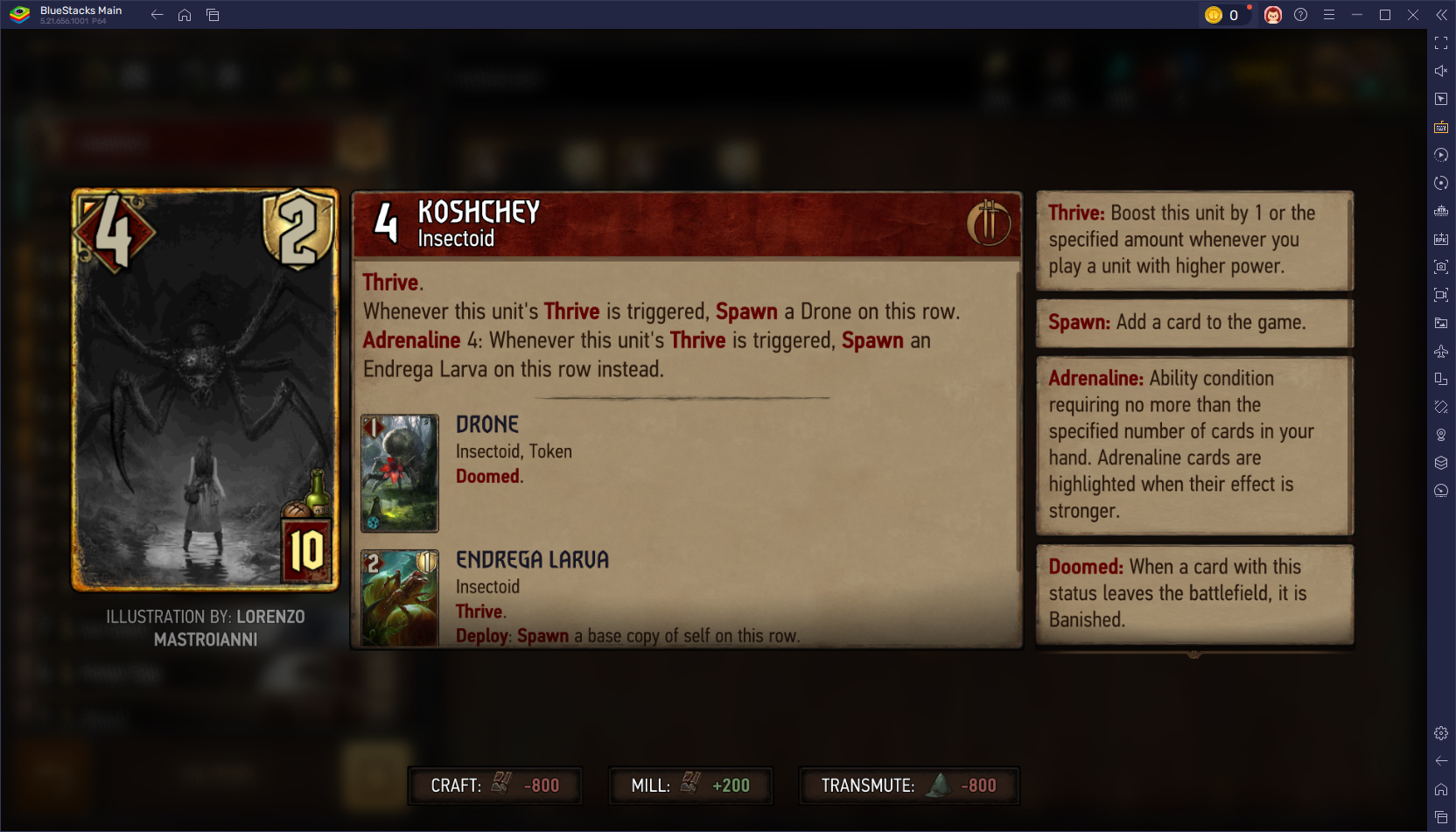Were the 1980s the Greatest Decade for Marvel?
- By Emma
- Mar 19,2025
The 1970s were a turbulent era for Marvel Comics. While significant characters and storylines like "The Night Gwen Stacy Died" and Doctor Strange's encounter with God emerged, the 1980s witnessed a surge of legendary creators launching iconic runs on Marvel's most popular titles. This era marked the rise of Frank Miller's Daredevil, John Byrne's Fantastic Four, David Michelinie's Iron Man, and the pinnacle of Chris Claremont's X-Men, with Roger Stern's Amazing Spider-Man and Walt Simonson's Thor soon to follow. These creators significantly shaped the enduring legacy of these characters.
Considering Marvel's history, the 1980s arguably represent the company's true golden age. Join us for Part 7 of our exploration of essential Marvel issues!
More Essential Marvel
- 1961-1963 - The Birth of a Universe
- 1964-1965 - The Sentinels Are Born and Cap Dethaws
- 1966-1969 - How Galactus Changed Marvel Forever
- 1970-1973 - The Night Gwen Stacy Died
- 1974-1976 - The Punisher Begins His War on Crime
- 1977-1979 - Star Wars Saves Marvel From Bankruptcy
The Dark Phoenix Saga and Other All-Time X-Men Stories
Chris Claremont's transformative run on X-Men, beginning in 1975, saw its three most celebrated stories unfold in the early 1980s. The Dark Phoenix Saga (X-Men #129-137) is arguably the most renowned X-Men story, and rightfully so. Years after Jean Grey became the Phoenix, this cosmic entity corrupts her, aided by the Hellfire Club, transforming her into the Dark Phoenix and a formidable foe. This cosmic epic, co-plotted and penciled by John Byrne, is not only a compelling narrative but also introduces Kitty Pryde (Shadowcat), Emma Frost, and Dazzler. Jean Grey's sacrifice after regaining her senses is a heartbreaking moment, even knowing her eventual return. While film adaptations haven't fully captured its essence, animated series like X-Men: The Animated Series and Wolverine & the X-Men offer more faithful renditions.
Shortly after, Days of Future Past (X-Men #141-142) emerged. This iconic story, featuring the Sentinels (first introduced by Stan Lee and Jack Kirby in 1965), depicts adult Kitty Pryde traveling back in time to prevent an event that leads to a dystopian future ruled by Sentinels. Despite its brevity, this arc remains highly influential and has been revisited by subsequent creators. It was adapted into the 2014 film X-Men: Days of Future Past and served as the basis for a season arc in Wolverine & the X-Men.
X-Men #150 concludes this period's best X-Men stories. A near-fatal battle between the X-Men and Magneto reveals Magneto's Holocaust survivor backstory, a pivotal moment shaping his later character development into a more morally complex figure.

The First Appearances of Rogue, She-Hulk, and the New Mutants
The 1980s also introduced major characters, including notable female heroes. Rogue, a popular X-Men member (initially a villain), debuted in Avengers Annual #10 as part of Mystique's Brotherhood. This issue features Mystique having Rogue absorb Carol Danvers' (Ms. Marvel) powers, significantly impacting both characters' trajectories. This issue also showcases Carol confronting the Avengers for their inaction in saving her from Marcus Immortus, as revealed in Avengers #200. Carol would later become more affiliated with the X-Men before rejoining the Avengers.
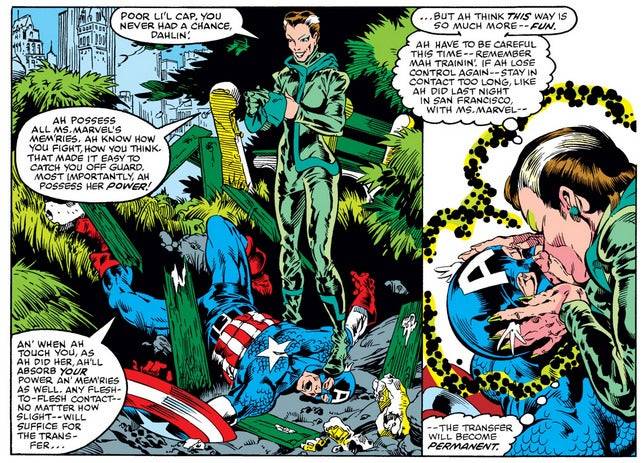
Savage She-Hulk #1 introduced another major Marvel heroine, Jennifer Walters (She-Hulk), the last character co-created by Stan Lee during his original Marvel tenure. Established as Bruce Banner's lawyer cousin, she gains similar powers after a life-saving blood transfusion. While her first solo series wasn't highly acclaimed, she became a more prominent character with the Avengers and Fantastic Four. Tatiana Maslany later portrayed She-Hulk in the MCU series.
This era also saw the debut of The New Mutants, the first X-Men spin-off series. They appeared in Marvel Graphic Novel #4 before launching their own title. This team of teenage mutant students included Cannonball, Sunspot, Karma, Wolfsbane, and Dani Moonstar (Mirage), with Illyana Rasputina (Magik) joining later. A version of this team (excluding Karma) was featured in the 2020 New Mutants film.
Iconic Storylines for Daredevil, Iron Man, and Captain America
Daredevil #168 marks a pivotal moment, initiating Frank Miller's writer-artist run. This issue introduces Elektra and Miller's reimagining of Daredevil's mythology. Over the next two years, Miller crafted a gritty crime noir saga featuring Kingpin as Matt Murdock's nemesis, the introduction of Stick, a battle with the Punisher, and the infamous death of Elektra in #181 (though she's resurrected later). Miller's run (Daredevil #168-191) heavily influenced the 2003 film and the 2015 Netflix series.
Two major Avengers also had significant storylines. Iron Man #149-150, the final masterpiece of David Michelinie and Bob Layton's first run, features "Doomquest," Iron Man's first solo battle with Doctor Doom, sending them back to Arthurian times. This arc solidified Doom as a key member of Iron Man's rogues' gallery.

Another notable arc is Captain America's confrontation with Baron Blood in Captain America #253-254, a darker story showcasing Cap's encounter with this Nazi vampire. It's a compelling read with strong artwork and a powerful conclusion.
Moon Knight Becomes a Hero and Marvel Helps Create the G.I. Joe Mythology
Two more #1 issues round out this influential period: Moon Knight #1 and G.I. Joe #1. While Moon Knight initially appeared in Werewolf by Night #32, his own series fully established him as a hero, detailing his backstory and introducing his alternate personalities. All subsequent Moon Knight stories built upon this foundation.
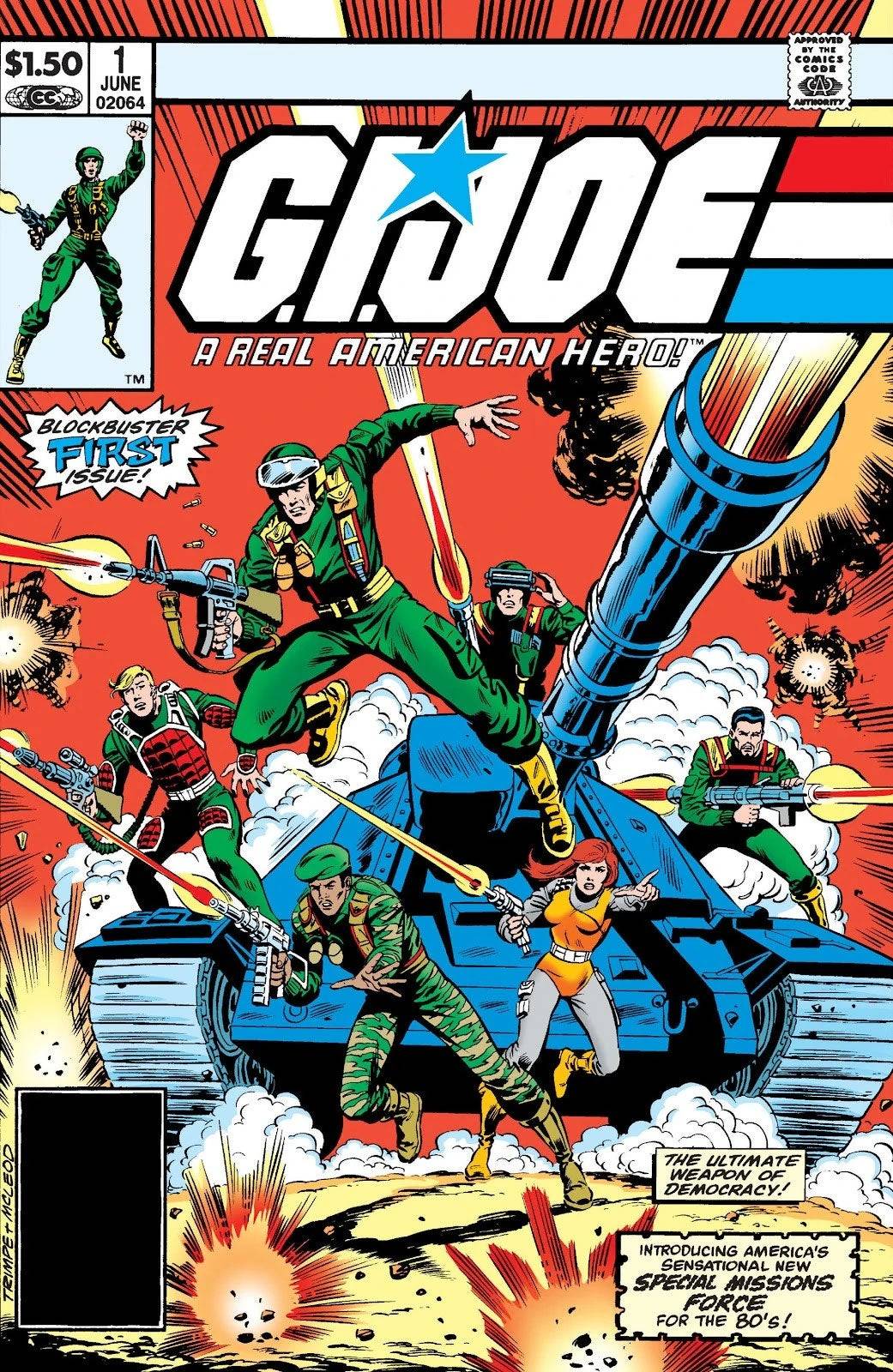
Although Marvel doesn't own the G.I. Joe franchise, it played a crucial role in its creation. The 1982 tie-in comic, with Archie Goodwin developing the Cobra concept and Larry Hama fleshing out the character roster, established many iconic figures. Hama's writing made G.I. Joe one of Marvel's most popular titles, particularly praised for its equitable portrayal of female characters.
Latest News
more >-

- Devs Revamp REPO's Overcharge & Scaling
- Jan 02,2026
-

-
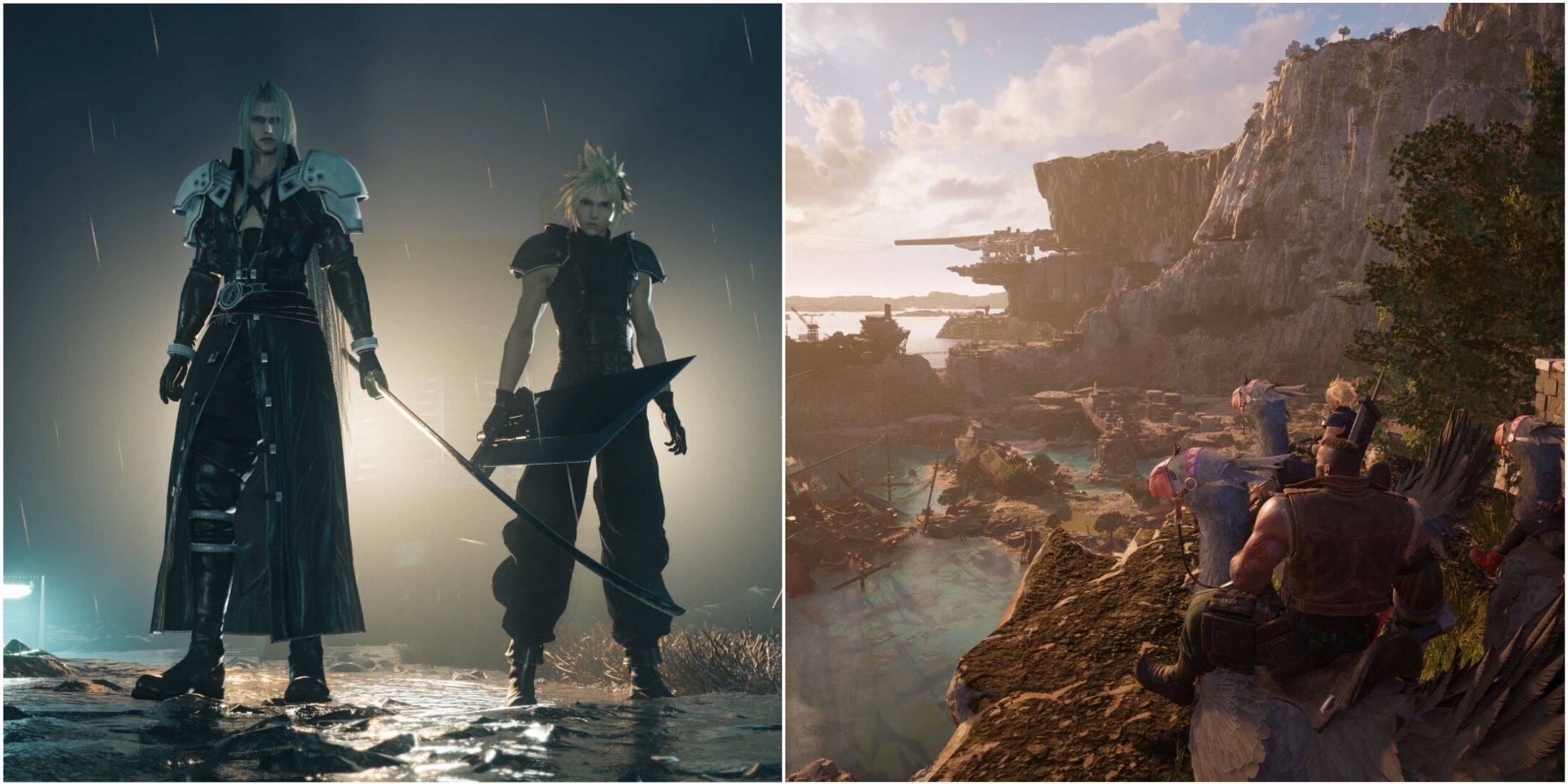
- Final Fantasy 7 Rebirth PC pre-orders begin
- Jan 01,2026
-

-
